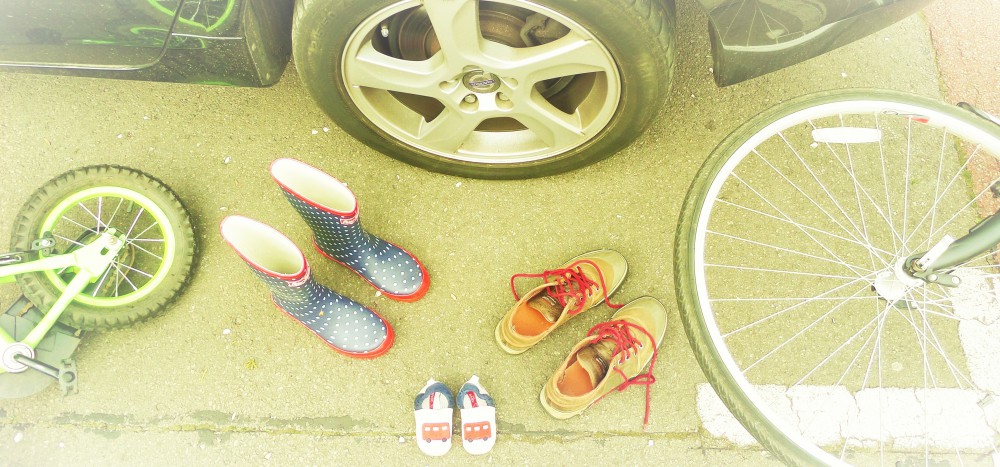“You want the truth? You can’t handle the truth!” Col. Jessep spits at Lt. Kaffee in the 1992 blockbuster, A Few Good Men.
It was a favourite film in my early teens. I could have quoted whole scenes at the time, but I haven’t seen it for many years. So what made me think of it?
I was reading tweets trending under #cycleactivecity, the Twitter Handle for the Cycle City Active City conference in Leicester on 19-20 May. I should have been there. I had been scheduled a short slot to speak about bike share, but I couldn’t make the logistics / finances of childcare and travel stack up. So I was checking what people there were tweeting about.
Someone had used the opportunity to launch a new website: Cycling Fallacies: http://cyclingfallacies.com/en/.
I admire this initiative and the interactive approach to dispelling common myths about cycling. The authors clearly believe that at least people at a conference on cycling can handle the truth. But does the website itself have a handle on those truths? I’m a transport planner with an ongoing passion for the promotion of sustainable transport and with experience delivering cycle strategy and infrastructure. Surely, I would recognise whether the listed cycling fallacies were myths or not. I had a look.
Yes, there they were. Commonly-heard statements like hilliness or weather or the absence of the Dutch ‘culture’ causing the lack of cycling in Britain. I agree that statements like these aren’t true, and I could give as much or more evidence than the website does as to why.
Some statements of myth were less common, but perhaps because they were so patently false, no explanation was required. Surely, I thought, people aren’t actually claiming that cycling causes congestion, nor that one can’t cycle without getting sweaty. When I used to cycle to work, I simply pedalled slower to avoid the need for a shower on arrival.
Yet I also spotted statements that were less clear-cut fallacy. For example, the need for increased driver education and cyclist skills training are not mythical. They are positive measures, even if they would not solve issues of cycle safety nor increase rates of cycling on their own. I doubt many transport planners or interested members of the public would profess that such measures should be taken in isolation nor that offering training undermines plans to implement cycle infrastructure.
Finally, I saw a statement which challenged me: “Everyone needs to share the road.” Surely, that is truth, not myth? I clicked on it. The explanation was that we can’t depend upon people travelling by car to respect the needs of cyclists on busy roads, so segregation is required. Ok, so maybe I have a different definition of sharing. I was thinking more of the road space, not necessarily the running lanes of a busy distributor road.
That thought might still be myth-understanding the fallacy purported in the original statement. I have been reading Dr Steve Melia’s book, Urban Transport without the Hot Air (2015), and he is also in the business of dispelling myths. He has a chapter on cycling myths and one on shared space myths. If the goal is to increase walking and cycling, he counsels against cycle lanes, shared pedestrian/cycle routes, and the complete ‘decluttering’ advocated by the shared space movement. He points to a lack of evidence on the effectiveness of the latter, and the assumption that there are different ‘types’ of cyclists as myth-takenly supporting the former two approaches. [I noted he attributed this assumption to the vocal British ‘sports’ cyclists and its once representative body, the CTC.] Rather, there should be space allocated fully to each mode on busy streets and ‘filtered permeability’ (through routes for cyclists and pedestrians, but not motor vehicles) on quiet streets.
So is that the myth-ing truth? If so, I think I can handle it.
